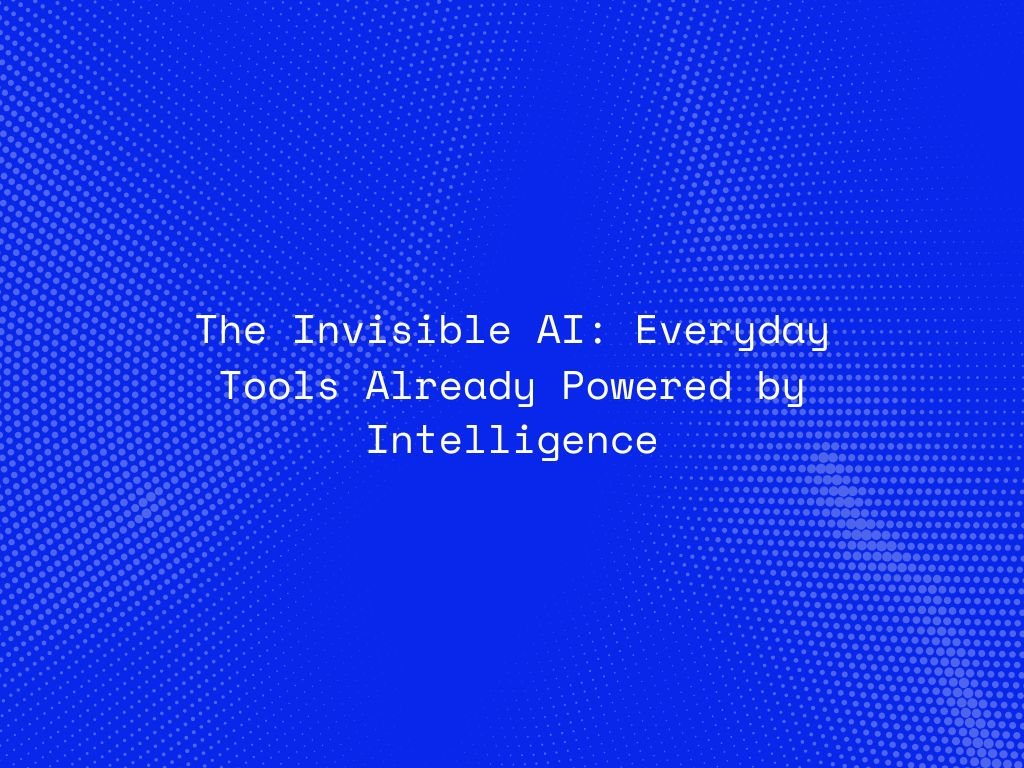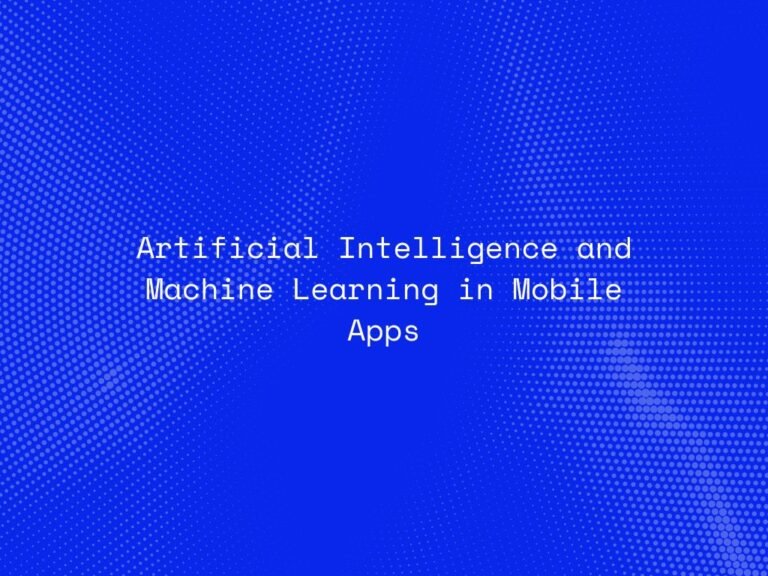Artificial Intelligence (AI) often makes headlines for futuristic applications like self-driving cars, humanoid robots, or groundbreaking medical research. Yet, the reality is that AI has already woven itself into our daily lives in ways most people hardly notice. This “invisible AI” powers the tools, apps, and services we rely on every day, often without us realizing it.
From unlocking your phone with facial recognition to receiving personalized recommendations on shopping platforms, AI has become an unseen force shaping how we live, work, and interact. In 2025, this invisible AI is not just convenient—it is indispensable.
What Is Invisible AI?
Invisible AI refers to artificial intelligence systems seamlessly integrated into products and services where users may not even be aware that AI is at work. Unlike flashy robots or advanced prototypes, invisible AI works quietly behind the scenes to make our daily experiences smoother, smarter, and more efficient.
Its greatest strength lies in its subtlety—delivering value without drawing attention to itself.
Everyday Examples of Invisible AI
1. Smartphones and Personal Assistants
AI powers predictive text, autocorrect, voice assistants like Siri, Alexa, or Google Assistant, and camera enhancements that automatically adjust lighting or detect objects.
2. Social Media Platforms
The feeds you scroll through, the ads you see, and even the people suggested to you are curated by AI-driven algorithms analyzing your behavior.
3. Online Shopping and Recommendations
E-commerce giants like Amazon use AI to recommend products, predict demand, and even optimize logistics to ensure faster deliveries.
4. Banking and Fraud Detection
Banks deploy AI systems that monitor transactions in real time, identifying suspicious activity and preventing fraud before it impacts customers.
5. Navigation and Ride-Sharing
Apps like Google Maps, Uber, and Lyft rely on AI to optimize routes, predict traffic, and set dynamic pricing based on demand.
6. Healthcare Apps and Wearables
Fitness trackers and health apps use AI to monitor activity, detect irregular heartbeats, and provide personalized health insights.
7. Email and Spam Filters
AI quietly sorts your inbox, identifying spam, categorizing promotions, and prioritizing messages for better productivity.
Why Invisible AI Matters
The ubiquity of AI in everyday tools highlights several key advantages:
-
Convenience: Users save time and effort as AI automates small but impactful tasks.
-
Personalization: Experiences are tailored to individual preferences, making interactions more relevant.
-
Security: Fraud detection, biometric authentication, and anomaly detection enhance safety.
-
Efficiency: AI reduces friction in processes, from online payments to customer service.
Invisible AI is not just about convenience—it is about building trust in AI by embedding it in familiar, everyday interactions.
Challenges and Ethical Considerations
Despite its benefits, invisible AI raises questions:
-
Transparency: Many users are unaware that AI is making decisions on their behalf.
-
Privacy Concerns: Personalized services often rely on large-scale data collection.
-
Bias in Algorithms: AI systems can unintentionally reinforce stereotypes if not carefully monitored.
-
Over-Reliance: As AI becomes more embedded, there is a risk of users depending too heavily on automated decisions.
Building responsible invisible AI means ensuring fairness, accountability, and user control.
The Future of Invisible AI
As AI continues to advance, its invisible presence will expand further. In the near future, expect to see:
-
AI in Smart Homes: Appliances that anticipate household needs before you even act.
-
AI in Cars: Not just autonomous vehicles, but predictive maintenance and real-time safety monitoring.
-
AI in Education: Adaptive learning platforms that personalize education at the student level.
-
AI in Daily Productivity Tools: From meeting scheduling to automated content creation, AI will blend into our workflows.
By 2030, invisible AI will be so deeply integrated into society that distinguishing between “AI-powered” and “non-AI-powered” tools may no longer be possible.
Conclusion
The rise of invisible AI shows that artificial intelligence is not confined to labs or futuristic concepts—it is already here, shaping our everyday lives. From the way we shop to the way we navigate, work, and connect, AI is silently powering the tools we depend on.
Understanding this hidden influence is crucial, not just for businesses looking to innovate, but for individuals who want to navigate an increasingly AI-driven world. The future of technology may be intelligent, but it is also invisible—and it is already in your hands.




